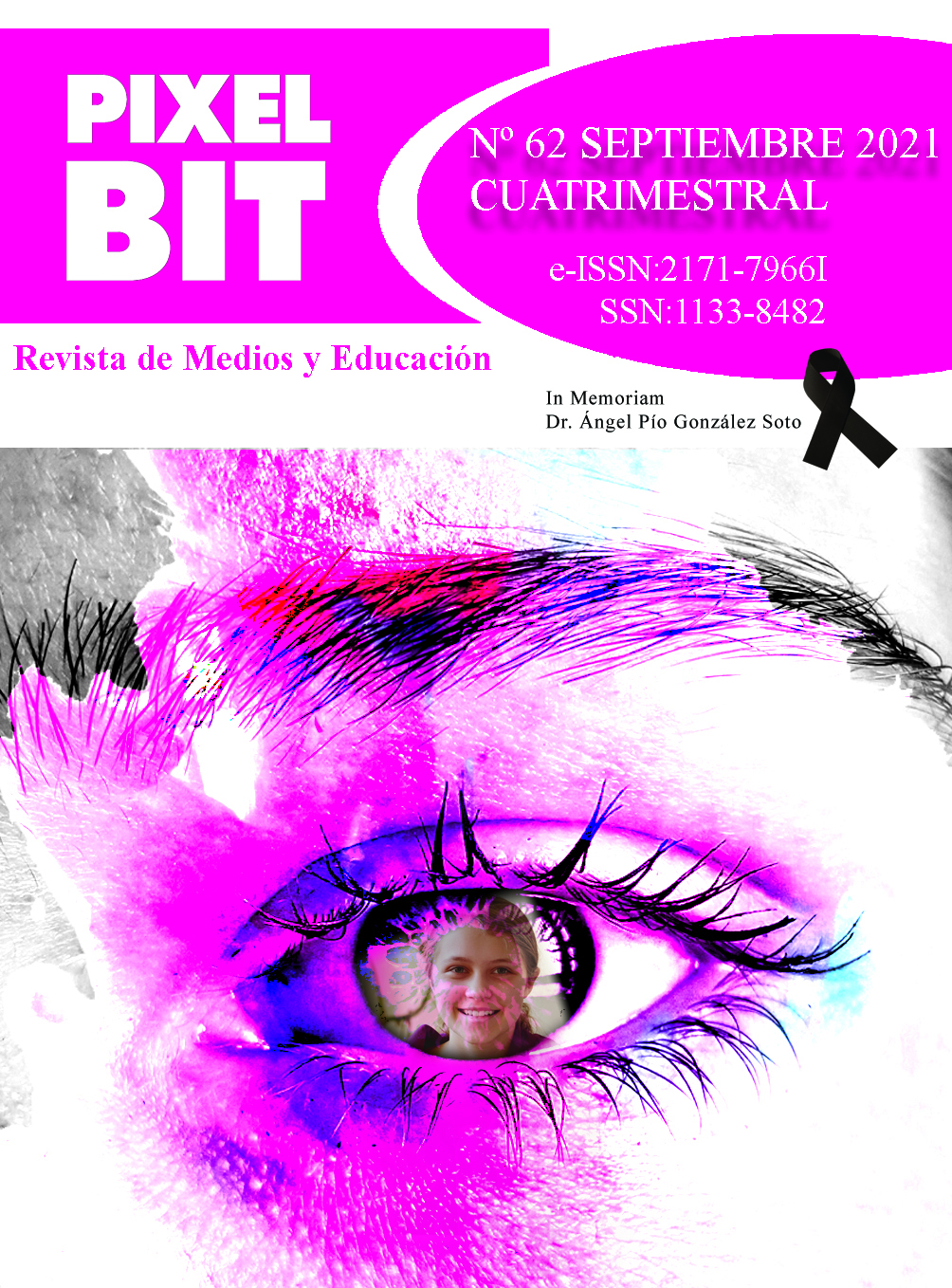Resumen
Este trabajo es resultado del proyecto PIE2020-11 “Diseño didáctico y experiencia en el aprendizaje digital en la enseñanza de distintas áreas de conocimiento: evaluar gamificando, tecnologías analíticas e inteligencia artificial” de la Universidad de Las Palmas de Gran Canaria. Se diseño, evaluó e implementó un agente conversacional virtual para apoyar las tutorías de Trabajos de Fin de Grado. Se utilizó una metodología cuantitativa con diseño descriptivo, correlacional y diferencial, para evaluar su usabilidad del agente conversacional en una muestra de 303 estudiantes universitarios. Se completó con el registro de uso real del agente, en un plazo de seis meses. Los datos indican que la escala posee una satisfactoria calidad métrica y una buena bondad del modelo, aspectos que se constatan en la estructura empírica y en la consistencia interna favorables del cuestionario. Los resultados también muestran que existen diferencias significativas (IC 99,95%) en las variables género, grado, nivel de conocimiento y el grado de uso de chatbots. En conclusión, los datos permiten establecer criterios explicativos sobre el uso de chatbots. Se dan valoraciones positivas del alumnado sobre la usabilidad del chatbot que apoyan el uso posterior del agente, por 589 estudiantes de tres titulaciones diferentes, contestando a 3025 preguntas en seis meses.

Esta obra está bajo una licencia internacional Creative Commons Atribución-NoComercial-SinDerivadas 4.0.
Derechos de autor 2021 Píxel-Bit. Revista de Medios y Educación

